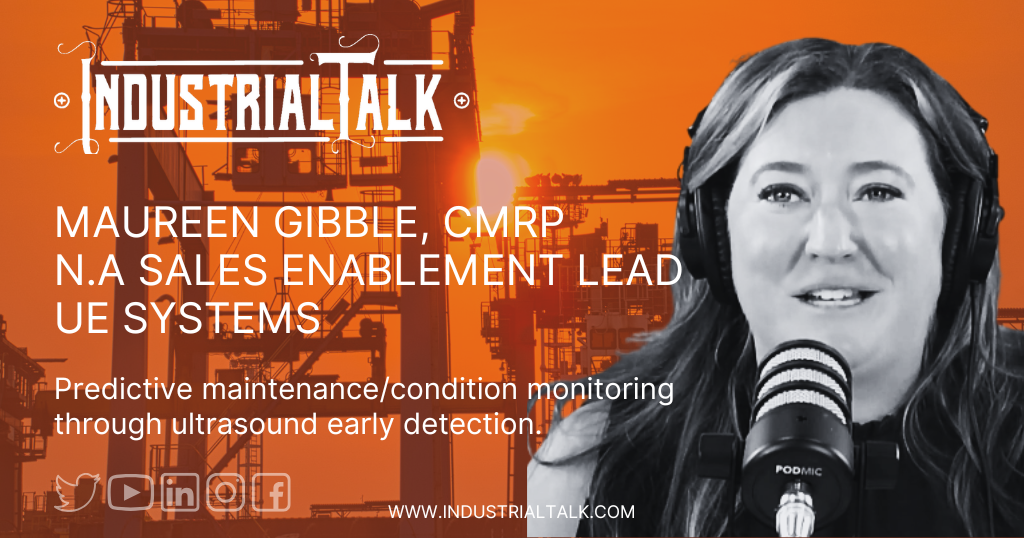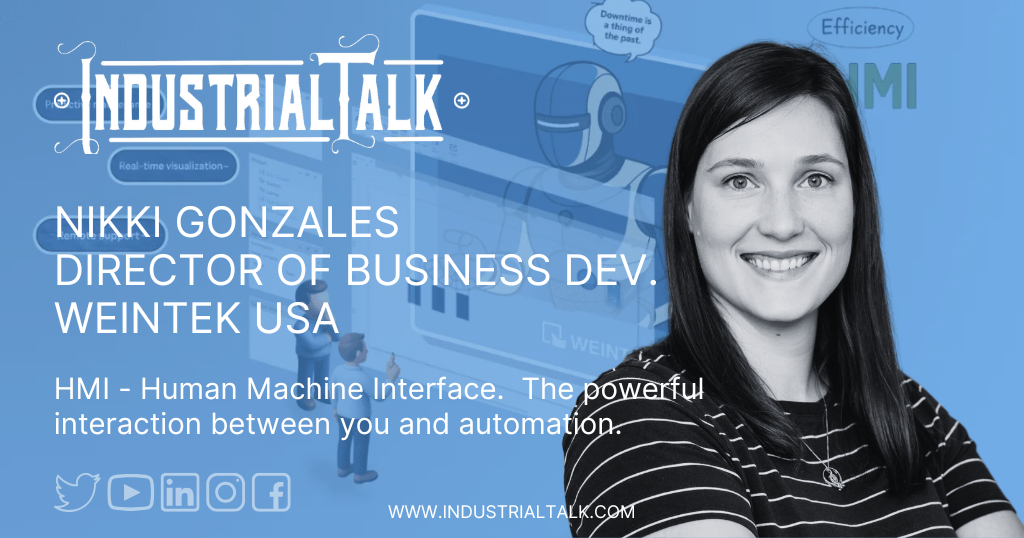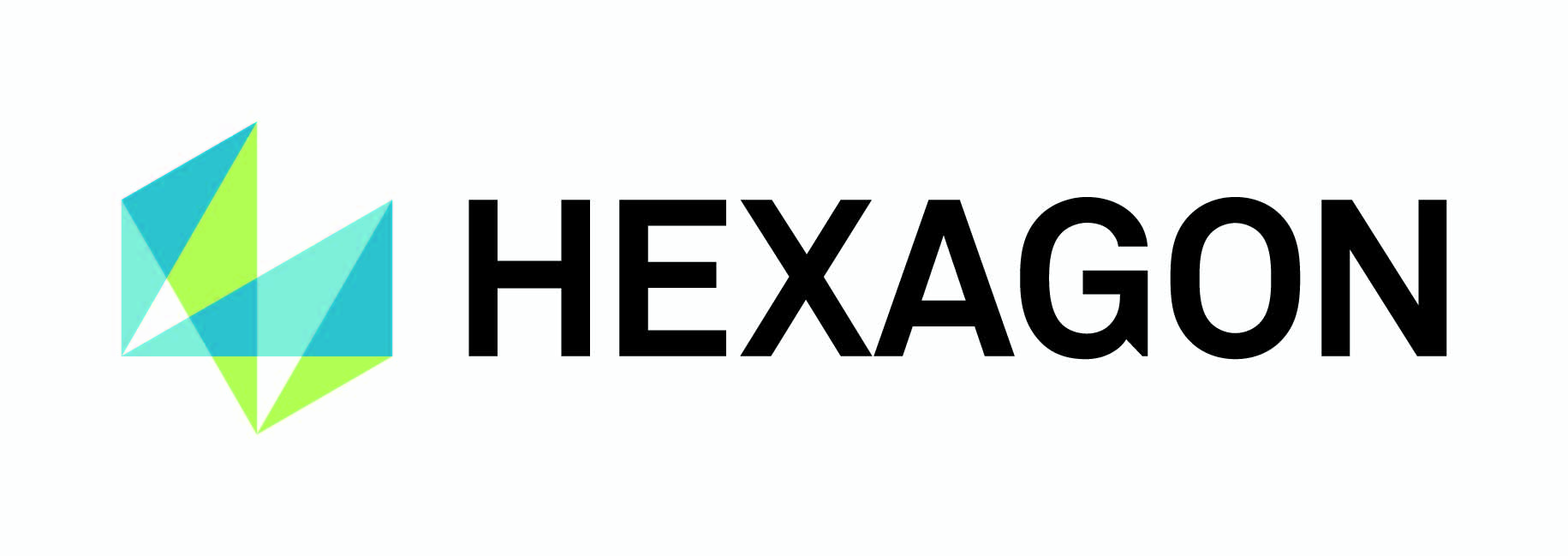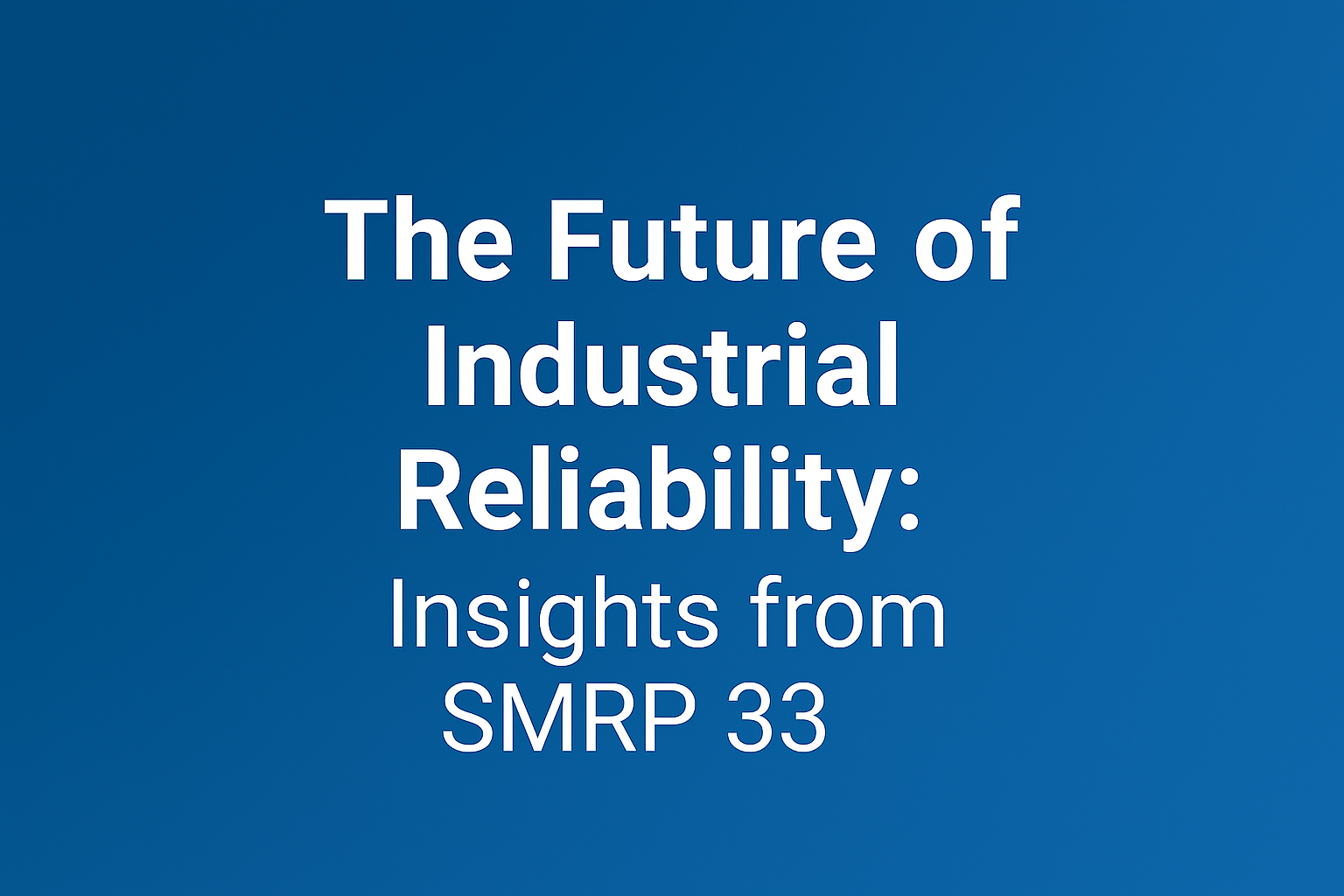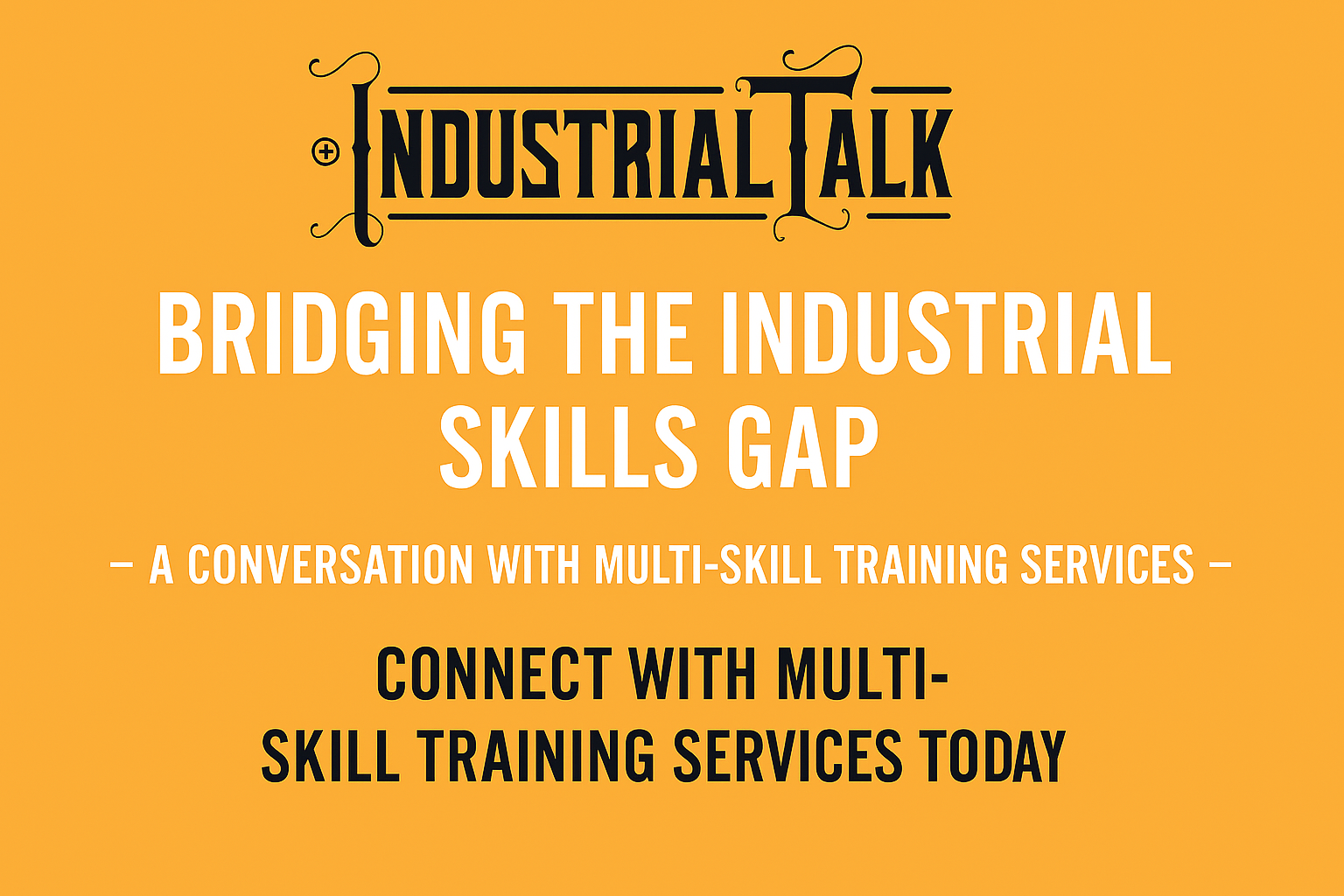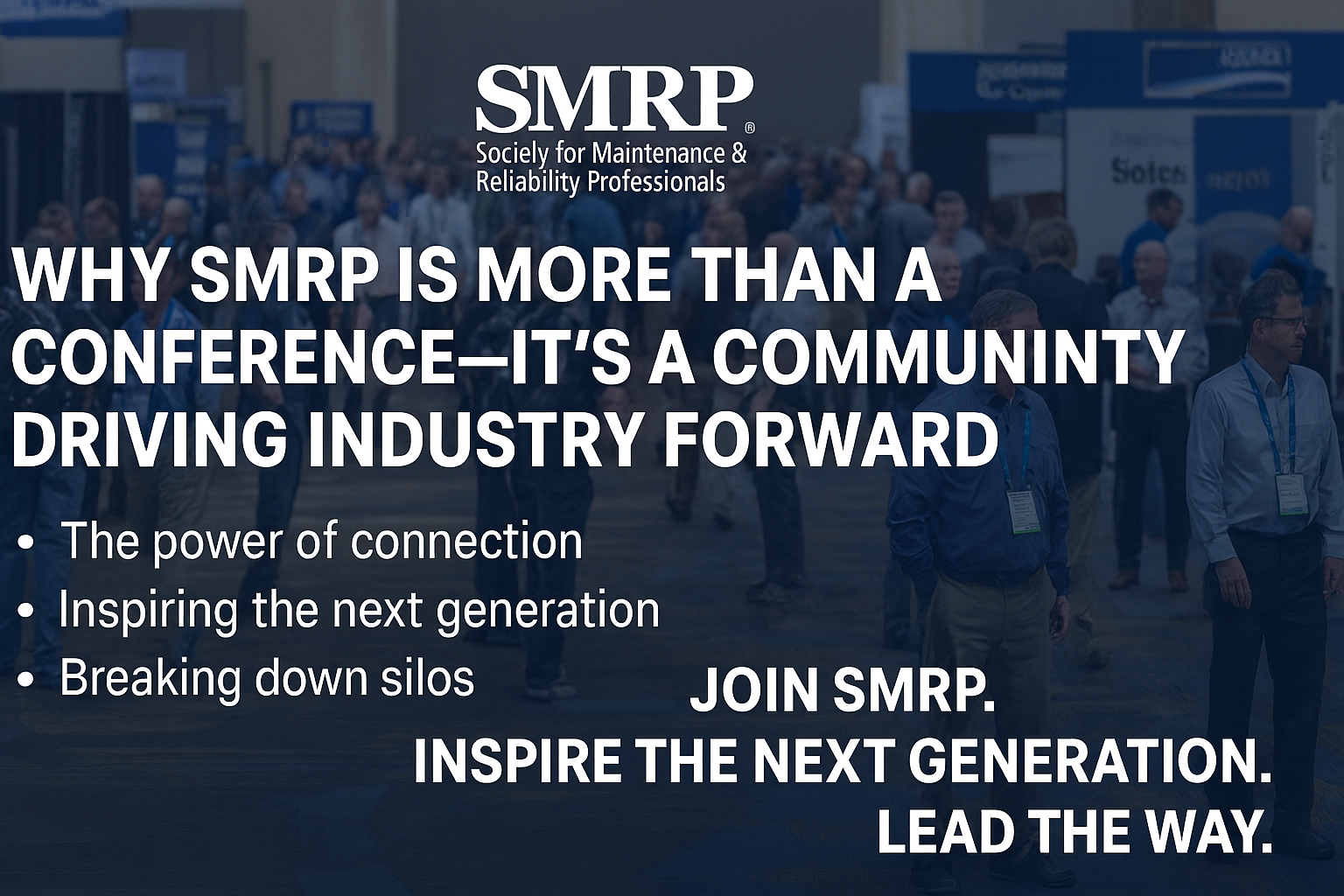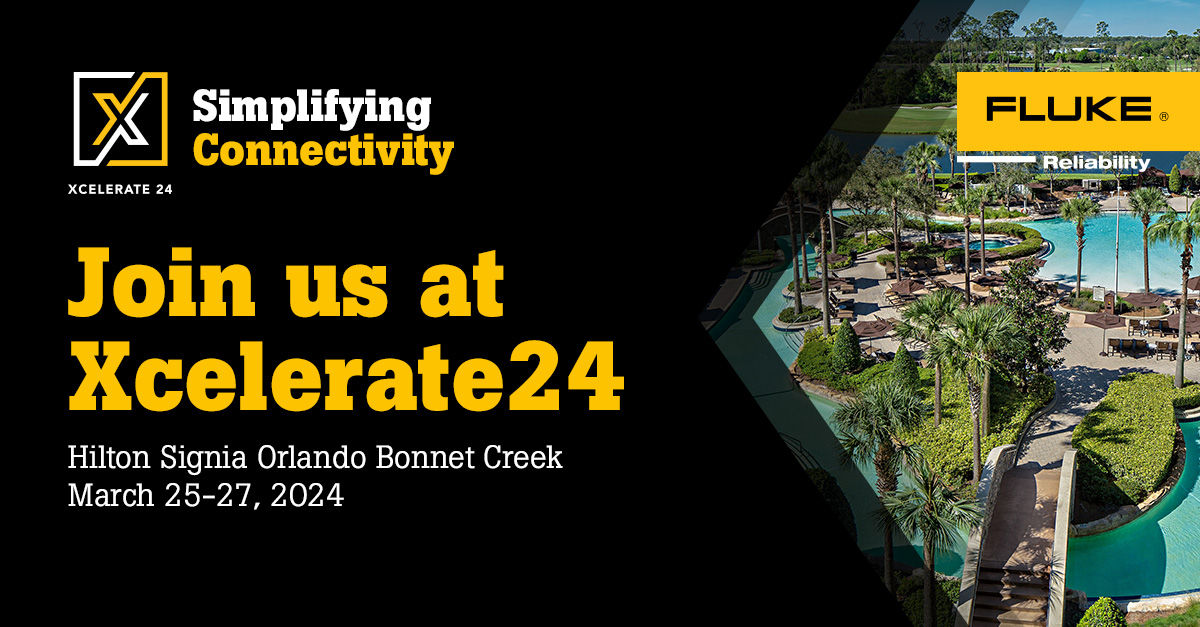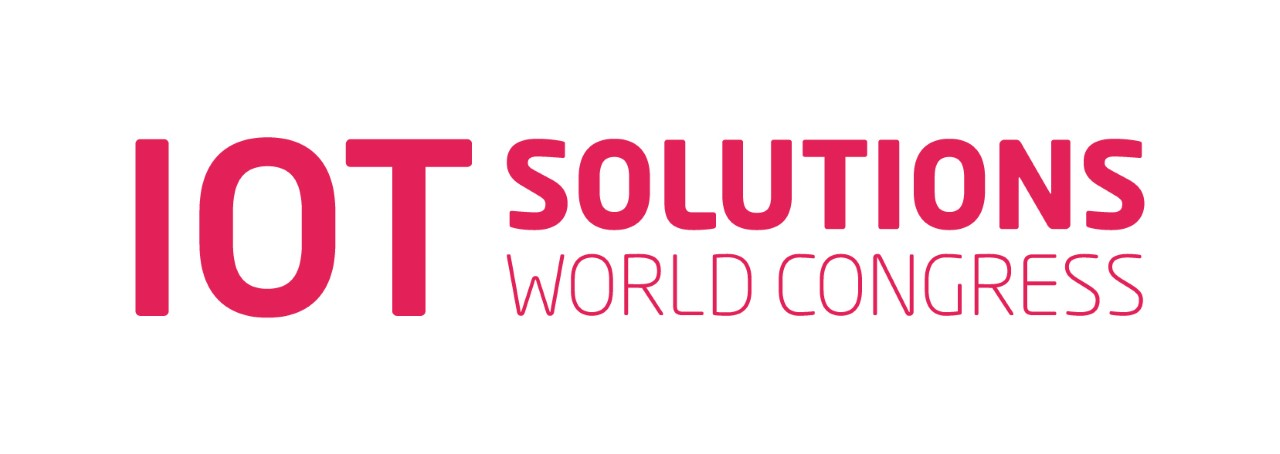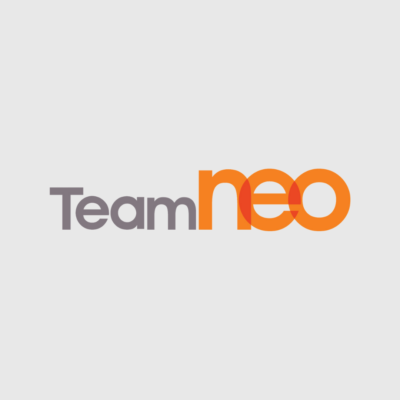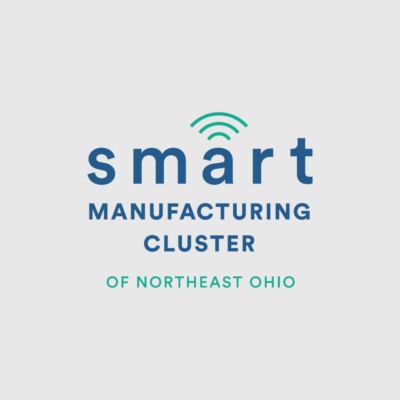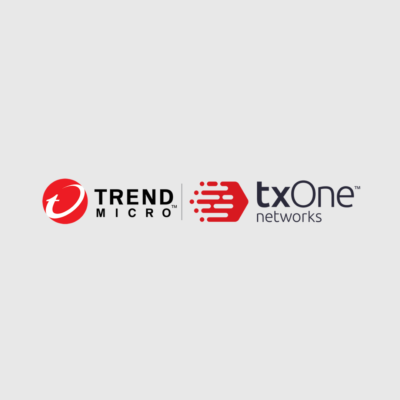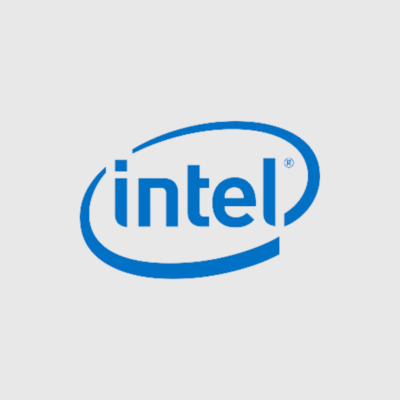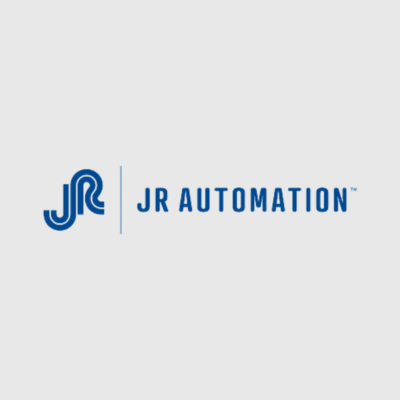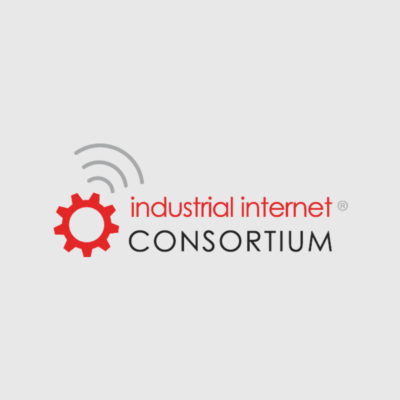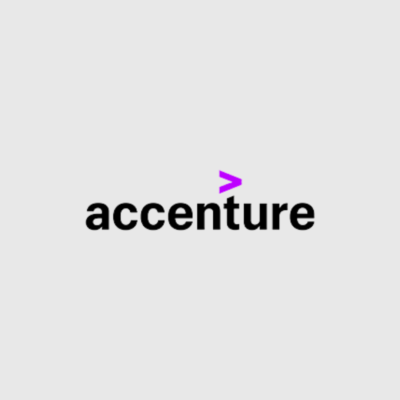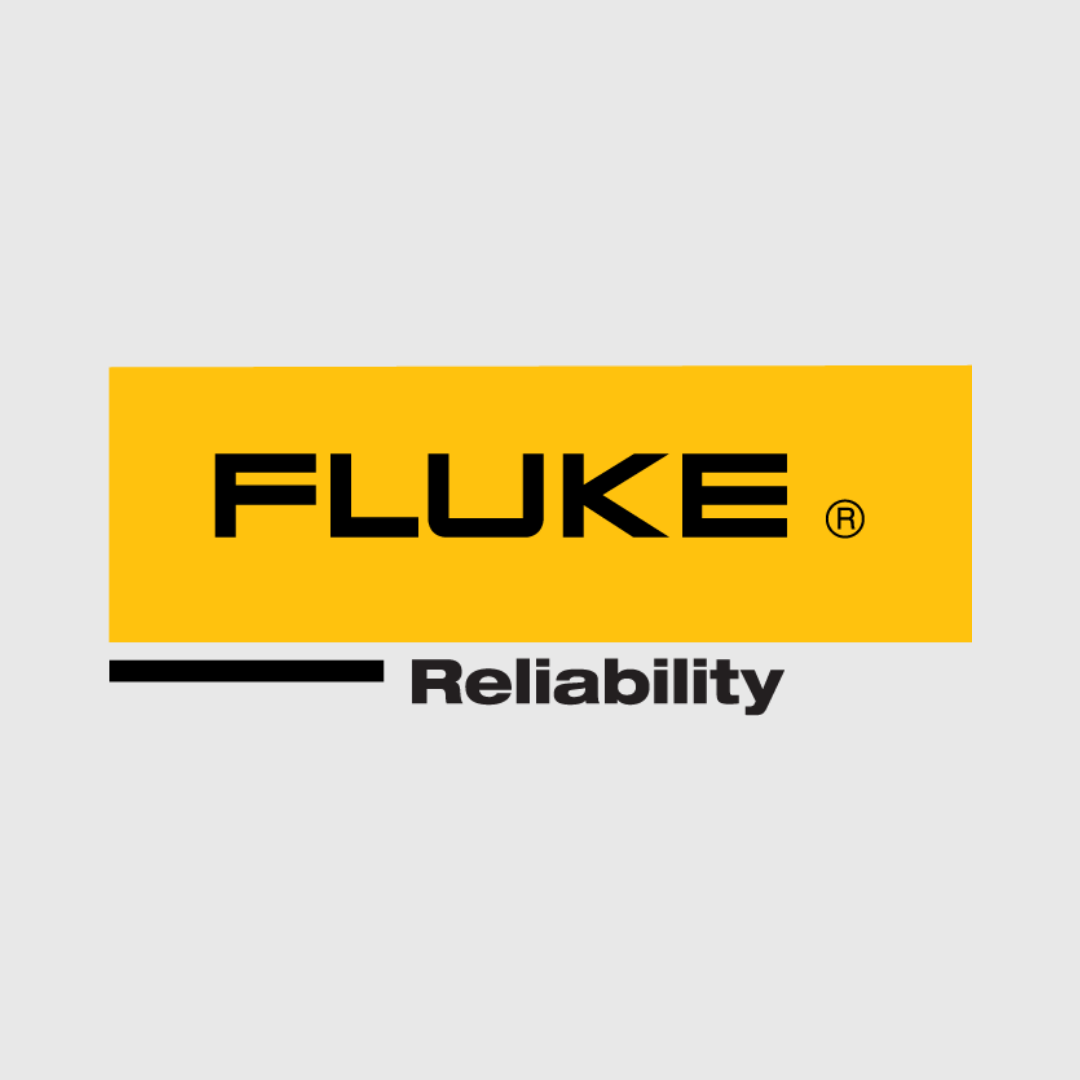Industrial Talk is talking to Nikki Gonzales, Director of Business Development at Weintek USA about "HMI - Human Machine Interface".
Scott Mackenzie hosts Nikki Gonzales on the Industrial Talk Podcast to discuss the human-machine interface (HMI). Nikki shares her background, including her Icelandic roots and career journey in sales engineering and AI startups. She highlights Win Tech, a Taiwanese company specializing in HMIs, which manufactures over 2 million HMIs annually. Win Tech's HMIs are known for their durability, connectivity, and cost-effectiveness. Nikki emphasizes the importance of continuous learning and the challenges in industrial B2B sales. She also mentions her podcast, Automation Ladies, and encourages listeners to connect with her on LinkedIn.
Action Items
[ ] Check out the Wintec website at automation.io
[ ] Listen to Nikki's podcast "Automation Ladies"
[ ] Reach out to Nikki Gonzales
Outline
Nikki Gonzales's Background and Career Journey
Nikki shares her background, mentioning her move from Iceland to the U.S. in middle school and her father's career as an electrical engineer.
She describes her early work experiences, starting with her father's small business and progressing through various roles in sales engineering and marketing.
Nikki discusses her career path, including her work with sensor manufacturers, machine vision, motion control, software design, and AI startups.
She highlights her recent role with a startup focused on supply chain software and inventory management, and her current position with Win Tech, an HMI manufacturer.
Challenges in Industrial B2B Sales
Scott and Nikki discuss the challenges of industrial B2B sales, particularly the complex landscape shaped by historical laws and regulations.
Nikki explains the historical context of industrial sales, including the restrictions on manufacturers selling directly to consumers and the reliance on regional distributors.
They discuss the differences in sales practices between the U.S. and Europe, where such restrictions are considered anti-competitive.
Nikki shares her experiences with the complexities of industrial B2B sales, including the difficulties in digitalizing and simplifying the buying process.
Win Tech and HMI Technology
Nikki provides an overview of Win Tech, a Taiwanese company specializing in HMIs, and its history of innovation in touchscreen technology.
She explains the role of HMIs in industrial automation, describing them as the interface between humans and machines.
Nikki highlights Win Tech's focus on manufacturing high-quality, long-lasting HMIs and their software, which is available for free to users.
She discusses the versatility of Win Tech's HMIs, which can serve as both operator interfaces and connectivity gateways for industrial machines.
Win Tech's Impact and Innovations
Nikki shares examples of Win Tech's impact, including their work with major manufacturers like FANUC and their role in connecting old and new industrial assets.
She describes Win Tech's approach to manufacturing, emphasizing quality and the ability to adapt to changing market needs.
Nikki highlights the company's commitment to continuous innovation and their ability to deliver products quickly, even during supply chain disruptions.
She discusses the benefits of Win Tech's HMIs, including their cost-effectiveness, ease of use, and advanced features for industrial automation.
Nikki's Personal and Professional Insights
Nikki reflects on her career journey, emphasizing the importance of continuous learning and adapting to new challenges.
She shares her experiences with balancing work and family life, particularly during her time with the startup.
Nikki discusses her passion for automation and her efforts to educate and inspire others in the industry.
She highlights the importance of networking and collaboration in the industry, encouraging listeners to connect with her and other professionals.
Conclusion and Contact Information
Scott wraps up the conversation, expressing gratitude to Nikki for her insights and engaging discussion.
He provides contact information for Nikki, including her LinkedIn profile and the Win Tech website.
Scott encourages listeners to reach out to Nikki and explore the resources available through Win Tech and the Industrial Talk Podcast Network.
He reiterates the importance of continuous learning and collaboration in the industry, emphasizing the value of platforms like Industrial Talk in fostering these connections.
NIKKI GONZALES' CONTACT INFORMATION:
Personal LinkedIn: https://www.linkedin.com/in/nikki-gonzales/
Company LinkedIn: https://www.linkedin.com/company/weintek-usa-inc./
Company Website: https://www.weintekusa.com/
Podcast Link: https://www.linkedin.com/company/automation-ladies/
0

![Industrial Talk is talking to Nikki Gonzales, Director of Business Development at Weintek USA about "HMI - Human Machine Interface".
Scott Mackenzie hosts Nikki Gonzales on the Industrial Talk Podcast to discuss the human-machine interface (HMI). Nikki shares her background, including her Icelandic roots and career journey in sales engineering and AI startups. She highlights Win Tech, a Taiwanese company specializing in HMIs, which manufactures over 2 million HMIs annually. Win Tech's HMIs are known for their durability, connectivity, and cost-effectiveness. Nikki emphasizes the importance of continuous learning and the challenges in industrial B2B sales. She also mentions her podcast, Automation Ladies, and encourages listeners to connect with her on LinkedIn.
Action Items
[ ] Check out the Wintec website at automation.io
[ ] Listen to Nikki's podcast "Automation Ladies"
[ ] Reach out to Nikki Gonzales
Outline
Nikki Gonzales's Background and Career Journey
Nikki shares her background, mentioning her move from Iceland to the U.S. in middle school and her father's career as an electrical engineer.
She describes her early work experiences, starting with her father's small business and progressing through various roles in sales engineering and marketing.
Nikki discusses her career path, including her work with sensor manufacturers, machine vision, motion control, software design, and AI startups.
She highlights her recent role with a startup focused on supply chain software and inventory management, and her current position with Win Tech, an HMI manufacturer.
Challenges in Industrial B2B Sales
Scott and Nikki discuss the challenges of industrial B2B sales, particularly the complex landscape shaped by historical laws and regulations.
Nikki explains the historical context of industrial sales, including the restrictions on manufacturers selling directly to consumers and the reliance on regional distributors.
They discuss the differences in sales practices between the U.S. and Europe, where such restrictions are considered anti-competitive.
Nikki shares her experiences with the complexities of industrial B2B sales, including the difficulties in digitalizing and simplifying the buying process.
Win Tech and HMI Technology
Nikki provides an overview of Win Tech, a Taiwanese company specializing in HMIs, and its history of innovation in touchscreen technology.
She explains the role of HMIs in industrial automation, describing them as the interface between humans and machines.
Nikki highlights Win Tech's focus on manufacturing high-quality, long-lasting HMIs and their software, which is available for free to users.
She discusses the versatility of Win Tech's HMIs, which can serve as both operator interfaces and connectivity gateways for industrial machines.
Win Tech's Impact and Innovations
Nikki shares examples of Win Tech's impact, including their work with major manufacturers like FANUC and their role in connecting old and new industrial assets.
She describes Win Tech's approach to manufacturing, emphasizing quality and the ability to adapt to changing market needs.
Nikki highlights the company's commitment to continuous innovation and their ability to deliver products quickly, even during supply chain disruptions.
She discusses the benefits of Win Tech's HMIs, including their cost-effectiveness, ease of use, and advanced features for industrial automation.
Nikki's Personal and Professional Insights
Nikki reflects on her career journey, emphasizing the importance of continuous learning and adapting to new challenges.
She shares her experiences with balancing work and family life, particularly during her time with the startup.
Nikki discusses her passion for automation and her efforts to educate and inspire others in the industry.
She highlights the importance of networking and collaboration in the industry, encouraging listeners to connect with her and other professionals.
Conclusion and Contact Information
Scott wraps up the conversation, expressing gratitude to Nikki for her insights and engaging discussion.
He provides contact information for Nikki, including her LinkedIn profile and the Win Tech website.
Scott encourages listeners to reach out to Nikki and explore the resources available through Win Tech and the Industrial Talk Podcast Network.
He reiterates the importance of continuous learning and collaboration in the industry, emphasizing the value of platforms like Industrial Talk in fostering these connections.
NIKKI GONZALES' CONTACT INFORMATION:
Personal LinkedIn: https://www.linkedin.com/in/nikki-gonzales/
Company LinkedIn: https://www.linkedin.com/company/weintek-usa-inc./
Company Website: https://www.weintekusa.com/
Podcast Link: https://www.linkedin.com/company/automation-ladies/](https://industrialtalk.com/wp-content/plugins/youtube-feed-pro/img/placeholder.png)
